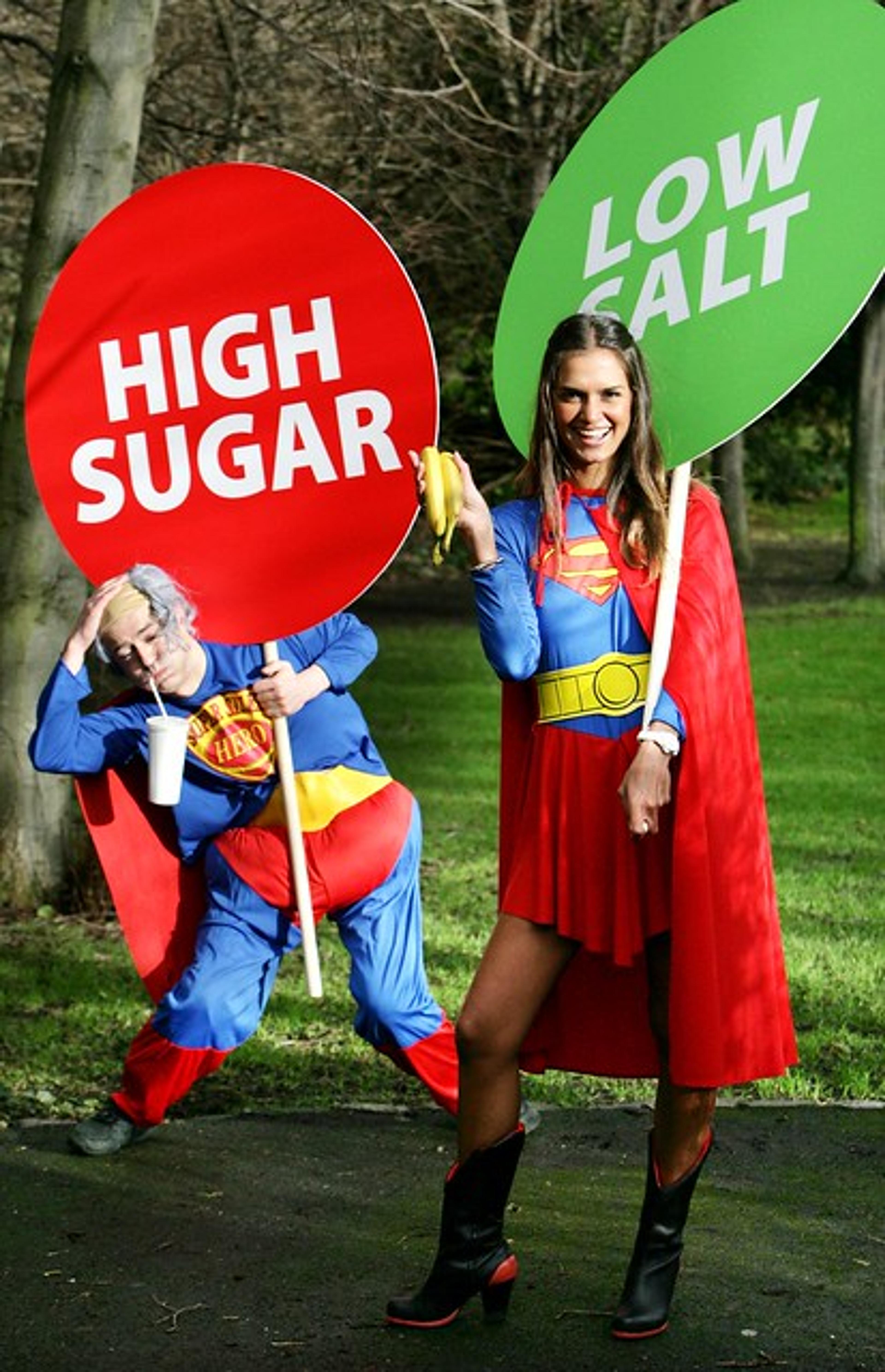#WellnessWeds: Do You Read Nutrition Facts Labels When Shopping For Food?
Sven Gustafson
| 2 min read

Does the placement of Nutrition Facts labels and ingredients lists on the sides of packages of food make it less likely that consumers read that information?
That’s the conclusion of researchers who conducted a computerized grocery-shopping study to gauge what kind of information people looked at before choosing whether to buy a food product.
The study compared what participants said they read with eye-tracking technology that showed what they actually looked at. It found that people said they reviewed food labels much more than they really did and that people were more likely to read the information atop the Nutrition Facts (such as calories and fat) than at the bottom (vitamins and minerals):
The findings add to the evidence that the bewildering array of food labels currently found on grocery store foods isn’t doing consumers any good. Creating the most eye-popping nutrition labels is important for helping harried consumers make healthy buying decisions at the store, and the new study suggests: a) putting the most crucial data up at the top and b) putting the label front and center on the box.
Personally, I’m not sure that merely changing the location of food labels would encourage people to read them more. As my colleague Grace Derocha previously wrote, food labels can create confusion over issues like serving size and percentages of daily value. It may be a better idea to simplify how that information is presented, so that consumers who want the information can make better sense of it.
We recently asked our Twitter followers and Facebook fans whether they regularly check food labels and what they look for. Calories, total fat, carbohydrates and sodium (salt) were popular responses.
[blackbirdpie url=”http://twitter.com/#!/Gfreegimme3/statuses/128855744576630785″]
My wife and I for years have carefully scrutinized food labels, ever since we realized how completely high-fructose corn syrup, trans fats and various unpronounceable chemicals have inundated packaged foods. If you want to avoid these things and eat a diet rich in whole, unprocessed foods, label-reading is practically a must.
Do you read food labels? What do you look for? What changes could the industry make to get more people to start reading them?
Photo by The Labour Party





